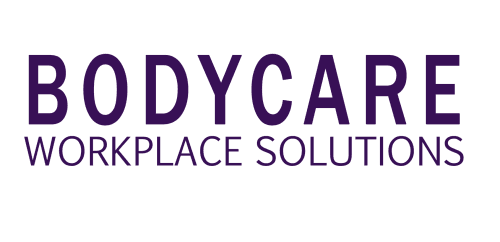Our Top 4 Emerging Trends in Occupational Health

It’s been a busy first half of 2017 and occupational healthcare businesses like ours continue to be challenged to find new and innovative ways to keep safety at the forefront of everyone’s mind.
After spending time abroad in the UK, the United States, Singapore and New Zealand, we believe that big data, virtual reality, mental health and proactive injury prevention are some of the emerging trends that will significantly impact how workforces evolve and continue to improve the health and safety of their workplace.
1. The technical age is here
At the moment, the term “big data” is very much an in vogue one. Everyone is talking about the prevalence of big data and its plethora of uses. But is anyone actually doing anything with it?
Every generation of business leaders face a distinctive challenge. For today’s generation, that challenge is the relentless pace of digital innovation. Digital technology and advanced analytics are disrupting and transforming how companies work and understand the health status of their workforces. Companies are now looking to get ahead of the curve and create sustainable changes through the use of data and analytics.
With this in mind, technology is driving positive injury prevention outcomes. Whether it is tracking the latest megatrends of manual handling injuries across a whole business unit, or identifying new areas of injury risk within one cohort of the workforce, data-driven analytic platforms are helping companies make the most of today, while future-proofing themselves for tomorrow.
2. Virtual Reality
In today’s society, workplace safety training is imperative across all organisations and industry verticals. The challenge most businesses face is that often the training is a nonspecific, dull presentation that needs to be viewed every 6-12 months for compliance purposes. Take manual handling for instance. Invariably the training is delivered in a boardroom through a series of presentation slides that focus on bending the knees and correctly positioning the load, with little interaction between participants throughout the presentation.
Well, welcome to the future – businesses are now turning to virtual reality specialists to simulate real-life situations within a controlled, safe environment as a means of providing education. Say goodbye to stuffy boardrooms and generic slide decks from the eighties. Employees are now being immersed in a 360-degree training experience that mirrors their work environment.
3. Getting proactive
Ask yourself this; is it enough to simply have an onsite physiotherapist providing early intervention and injury treatment for employees who sustain injuries at work?
We would say no!
Gone are the days where healthcare practitioners are confined to the four walls of their treatment room. Onsite healthcare practitioners must leave the confines of the treatment room, put on a Hi-Viz vest and start interacting with employees at the frontline.
Just like a physiotherapist in a professional football club who observes the players running, jumping, kicking and tackling, a dedicated Occupational Onsite Physiotherapist needs to proactively go and observe the way that the workforce manoeuvre their MHE, lift those box, reach for those cartons and undertake that stretching program, before they can fully understand the workforce occupational health needs.
Taking the time to transition out of the treatment room accomplishes two vital things:
- It sets the tone for any new staff member that this is “how we do things here at our workplace”
- It creates an opportunity for the Onsite Physiotherapist to become a valuable avenue for management to gain insightful feedback from employees about how a new piece of plant is working or what the general feel of the workplace is
Most importantly, any observations and insights gained from this kind of proactive roaming should lead to immediate action.
4. Mental Health
We have seen firsthand how poor physical condition can impact our mind. We also know the reverse to be true. It is estimated that in any year, one in five working-age people will be suffering from a mental health condition and 45 per cent of Australians will experience a mental health or substance-use disorder in their lifetime. It is also estimated that Mental Health conditions cost Australian businesses $11 billion per year. Given these alarming statistics, this is an issue that workplaces (and society) can no longer afford to ignore. The good news is that a recent study conducted by PWC estimates that every dollar spent on creating a Mentally Health Workplace, will create a return on investment of $2.30. Not to mention the positive impact these initiatives will have on individuals, employee engagement and workplace culture.
Now that business leaders have a greater understanding about the connection between a healthy body and healthy mind, it’s time to get active and implement programs and initiatives that manage both the physical and mental health of employees.
To sum things up, organisations need to move with the times. Business leaders can no longer afford to maintain a mindset of ‘this is how things are done around here’. Businesses need to be proactive around both mental and physical health and embrace technology to help them get ahead of the curve. Healthy workers make healthy business.


